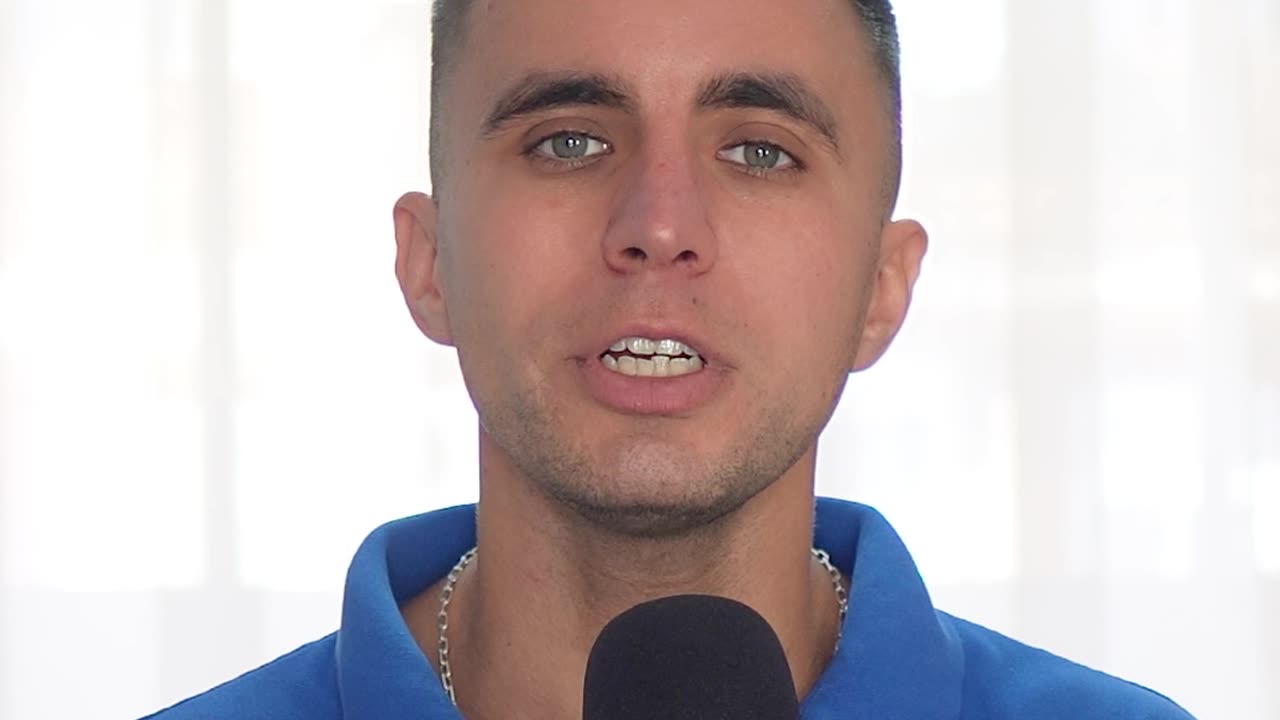Premium Only Content

What causes Myopia?
Myopia, commonly known as nearsightedness, is a refractive error of the eye that causes distant objects to appear blurry while close objects can be seen clearly. This condition occurs when the eyeball is too long in relation to the focusing power of the cornea and lens of the eye. The exact cause of myopia is not fully understood, but several factors are believed to contribute to its development:
Prolonged Near Work: Engaging in activities that require close-up focus for extended periods can strain the eye muscles. This continuous strain might contribute to the elongation of the eyeball over time, leading to myopia. The exact mechanism by which near work affects the growth of the eye is still under study.
Changes in Eye Biomechanics: Research suggests that alterations in the biomechanical properties of the cornea and sclera (the white outer layer of the eye) may influence the development of myopia. Changes in these tissues can affect the eyeball's shape and, subsequently, its ability to focus light properly on the retina.
Hormonal and Systemic Factors: Some studies have explored the role of hormones and systemic factors in the development of myopia. Hormones such as dopamine and melatonin, which are involved in the regulation of eye growth, may influence the progression of myopia. Additionally, conditions like diabetes and certain connective tissue disorders can impact the structure of the eye and contribute to myopia.
Nutritional Factors: Diet and nutrition may play a role in the development of myopia. Adequate intake of nutrients like vitamin D and outdoor activities, which provide exposure to natural sunlight, have been suggested to have a protective effect against myopia. However, more research is needed to fully understand the relationship between nutrition and myopia.
It's important to note that while these factors are associated with myopia, the condition is complex and likely results from a combination of genetic and environmental influences. Myopia often begins in childhood and can progress during the adolescent years when the eyes are still growing. Regular eye examinations, especially for children with a family history of myopia, are crucial for early detection and appropriate management of the condition.
-
 1:11:14
1:11:14
DeVory Darkins
4 hours agoJeffries SCRAMBLES After National Gas Prices hit record low amid AFFORDABILITY CRISIS
194K82 -
 56:44
56:44
The Quartering
3 hours agoSpam Calls Are Out Of Control, Candace Hits Rock Bottom & More Poison Food
33.4K73 -
 47:44
47:44
Tucker Carlson
3 hours agoRupert Lowe Warns of the Globalist Agenda Destroying the West and the Revolution Soon to Come
63.1K114 -
 1:16:03
1:16:03
Sean Unpaved
4 hours agoWill Miami Be "ODD MAN OUT" Of The College Football Playoff? | UNPAVED
21.4K1 -
 58:31
58:31
Jeff Ahern
2 hours ago $1.00 earnedFriday Freak out with Jeff Ahern
13.6K5 -
 27:03
27:03
The Kevin Trudeau Show Limitless
2 days agoThey're Not Hiding Aliens. They're Hiding This.
37.5K51 -
 2:04:26
2:04:26
The Culture War with Tim Pool
5 hours agoWoke Has INFECTED Goth, Punk, & Metal, MAGA Must Save the Art | The Culture War Podcast
132K61 -
 1:12:25
1:12:25
Steven Crowder
5 hours agoCNN Declares J6 Pipe Bomber White & Nick Fuentes Interview Reaction
317K273 -
 LIVE
LIVE
Dr Disrespect
5 hours ago🔴LIVE - DR DISRESPECT - ARC RAIDERS - FREE LOADOUT EXPERT
1,158 watching -
 1:08:35
1:08:35
Rebel News
4 hours agoPublic Safety reviewing gun grab, Migrant offenders getting lighter sentences | Rebel Roundtable
28.3K9